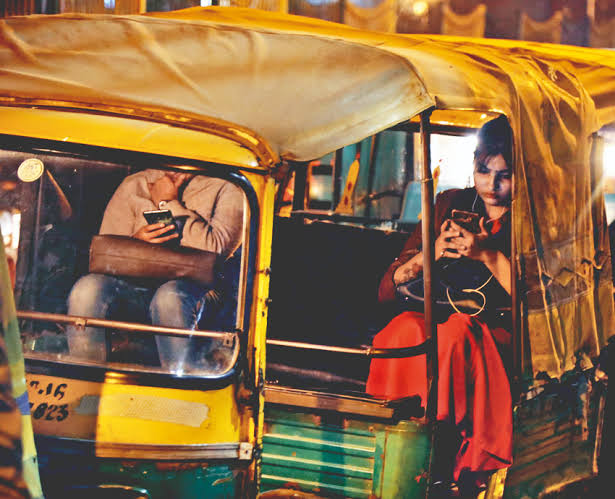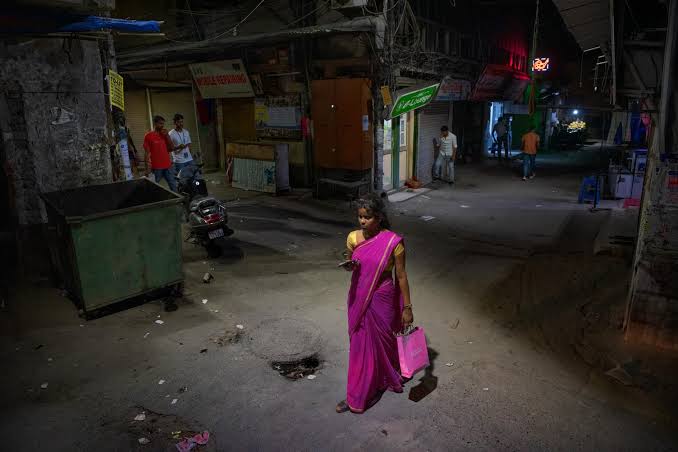The 2012 Nirbhaya incident (Delhi Gangrape case) triggered a debate around safety of women in urban transportation. The issue of safety of women did not get media limelight before the Nirbhaya case. Thus, the movement for safety of women in urban transportation is a more recent phenomenon.

Today, we talk about smart cities—a mission which was launched in India in 2015. The concept of smart cities is exclusionary, since it lays emphasis on technological advancement but not on safety of citizens. The structure of cities has not been organised for the comprehensive benefit of citizens, policy makers and urban planners lag behind in their vision of effective use of technology. Indian cities have become highly populated due to rural to urban migration which has led to proliferation of slums, sanitation and water problems. People move to cities to access opportunities and this purpose gets defeated if the empowering right of women to mobility is hindered.
Recommendations And Comments
Recently a National Conference on Safety of Women in cities was held at India Habitat Centre on 26 November, 2019.The deliberation in the event was based on two-year long project undertaken by Centre for Social Research, The Asia Foundation, and Safetipin. The title of the project was: “Making Cities Safe for Women in India – Gender Sensitization Training of Police Officials”.

In the event, Dr Kalpana Viswanath, Co-Founder and CEO of the organisation called Safetipin said that, streets, bus, metro should be an equal space for everyone. Safetipin did a mapping of public spaces and public transport and assessed safety and gender friendliness in 3 cities: Bhopal, Gwalior and Jodhpur. Their safety analysis report measured the performance of physical infrastructure and social infrastructure in terms of being equitable for all vulnerable populations—women, disabled people, old people, migrants and children. They conducted various surveys with women and assessed coverage, availability, last mile connectivity, pedestrian safety and CCTV surveillance. Dr Viswanath further said that, Safetipin has built tools so that Tier 2 and Tier 3 cities are safe for women and for everybody before 2050.
Their safety analysis report measured the performance of physical infrastructure and social infrastructure in terms of being equitable for all vulnerable populations—women, disabled people, old people, migrants and children.
His Excellency, Mr Shin Bongkil, Ambassador of Korea in India, remarked how the national conference had an overwhelming female audience, a remark which indicates the lack of participation of men in the feminist movement.
Sh. Kailash Gahlot, Transport and Environment Minister of Delhi said that, being a very responsible government, the entire issue of women’s safety has been close to the Chief Minister’s heart. The Delhi Government has intended to install CCTVs in Delhi since a long time. Mr Gahlot pointed out the initiative to install panic button in buses wherein if someone presses the panic button, a message immediately goes to the transport headquarters and police headquarters. He said that one cannot even imagine the amount of debates, questions and anxiety that has gone over the policy of free bus rides for women.
Also read: My Life Your Honour?: On Women’s Bodies, ‘Safety’ And Honour
Sh. Kailash Gahlot said that no woman in Delhi needs to think that how much money she has in her pocket in order to commute. The minister shared with the audience that he met an old lady who said that she is very happy because for the first time, she could ride in the red AC bus. He also said that the most important aspect of women’s security is that the mindset of the society as a whole must change. He added that every woman has the fundamental right to feel secure no matter what.
Mr C. Ravindra, director of National Institute of Defence Estates Management said that, there are deserted and unwatched places in the cities. Police force and human rights officers should be there in such places of the city. He said that city planners need to be encouraged to make mixed usage roads and not exclusive residential areas. He also said that annual security audit needs to be carried out across cities.

Ms Shampa Tikait, Public Prosecutor of CBI said that exploitation against female advocates begins when they start internship and that even female judges are victims of domestic violence. She added that safety measures need to start at home and that safety to a great extent is in our own hands. She pointed out that if a lady does not agree to compromise, she is given night duties.
She added that safety measures need to start at home and that safety to a great extent is in our own hands. She pointed out that if a lady does not agree to compromise, she is given night duty.
Mr Brijesh Singh, IGP, Cyber, Maharashtra said that one of the reasons behind lack of safety of women in India is lack of real data, that data is very lopsided. He said that interventions are based on real data and evidence and that we should learn from evidence-based policing in UK. However, he was sceptical of impact of CCTVs on safety of women. He substantiated his scepticism by saying that ten years of CCTV surveillance in UK had minimal effect on women’s safety. He also said that we should not follow the scholarship which says that India is the most unsafe country for women.
Ms Nilanjana Bhowmick, Journalist and Researcher, asked rhetorically how many female auto drivers have we seen! Even Pink autos are run by men! She also pointed out that travelling in urban spaces also includes travelling across state borders and hence the scheme of free bus rides in Delhi is limited in its geographical reach.
Also read: Uttar Pradesh: The Case Of Harassment In The Name Of Women’s Safety
Conclusion
I will conclude with the remarks by Dr Ranjana Kumari, Director of Centre for Social Research, who said that, “Police have the major responsibility and they must prepare themselves to make smart cities safe for women and children. If urban spaces are not protected and do not feel safe then the direct impact will be restricted mobility and impact their education and employment opportunities. So, we must make every effort to make our cities safe.“
Centre for Social Research is one of the leading Women’s Institutions working in the field of social action since 1983. It has more than 25 years of experience in providing Gender Sensitisation Training for a safe and productive work environment. CSR was founded by a group of concerned social scientists dedicated to promoting the empowerment of women, deprived castes and groups. The goal of the organisation is to achieve economic self-sufficiency and raise awareness on social, political and legal issues among women of India. At present, CSR comprises four interdependent and equally vital departments: Advocacy and Campaign, Research and Knowledge Management, Development, the Gender Training Institute.
Safetipin is a technology platform that uses apps to collect data in order to make cities and public spaces safer and more inclusive for women. Data collection is done using two apps, My Safetipin app and Safetipin Nite app. At the core of the My Safetipin app is the Safety Audit. It consists of a set of 9 parameters that together contribute to the perception of safety. These parameters are – Lighting, Openness, Visibility, People, Security, Walkpath, Public Transport, Gender Diversity, and Feeling. Safetipin is a global partner of UN Habitat’s Global Network on Safer Cities. We are currently working with more than 15 city governments to use data for improvement, and specific initiatives to address women safety in public spaces.
The Asia Foundation is a non-profit international development organization committed to improving lives across a dynamic and developing Asia. Working through our offices in 18 countries and informed by deep local expertise and six decades of experience, we address the critical issues affecting Asia in the 21st century by: strengthening governance, expanding economic opportunity, increasing environmental resilience, empowering women, and promoting international cooperation.
Featured Image Source: GMA Network




